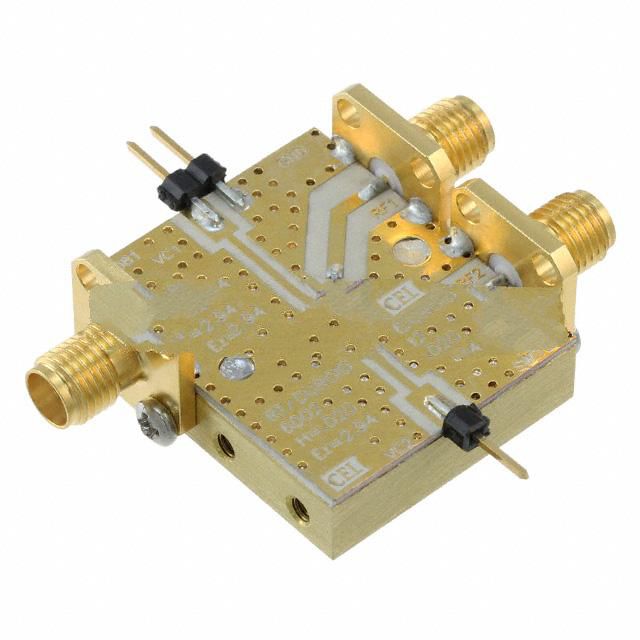CEL CG2409M2-EVAL
- CG2409M2-EVAL
- CEL
- GAAS MMIC SPDT HI POWER SWITCH
- RF Evaluation and Development Kits, Boards
- CG2409M2-EVAL Datasheet
- -
- -
-
 Lead free / RoHS Compliant
Lead free / RoHS Compliant - 1672
- Spot Inventory / Athorized Dstributor / Factory Excess Stock
- 1 year quality assurance 》
- Click to get rates
| Part Number CG2409M2-EVAL |
| Category RF Evaluation and Development Kits, Boards |
| Manufacturer CEL |
| Description GAAS MMIC SPDT HI POWER SWITCH |
| Package - |
| Series - |
| Type Switch, SPDT |
| For Use With/Related Products CG2409M2 |
| Frequency 50MHz ~ 3.8GHz |
| Supplied Contents Board(s) |
| Package_case - |
CG2409M2-EVAL Guarantees



• Prompt Responsiveness
• Guaranteed Quality
• Global Access
• Competitive Market Price
• One-Stop support services of supply chain
Jinftry, Your most trustworthy component supplier, welcome to send us the inquiry, thank you!
Do you have any questions about CG2409M2-EVAL ?
Feel free to contact us:
+86-755-82518276
+8615019224070, annies65, +8615118125813
568248857, 827259012, 316249462
+8615019224070, +8615118118839, +8615118125813
( Email first will be appreciative )
Customer reviews
CEL

CG2164X3-EVAL
DUAL-BAND WIRELESS DPDT RF SWITC

CG2163X3-EVAL
DUAL-BAND WIRELESS DPDT RF SWITC

CG2176X3-EVAL
DUAL-BAND WIRELESS DPDT RF SWITC

CG2430X1-EVAL
DUAL-BAND WIRELESS DPDT RF SWITC

CG2415M6-EVAL
DUAL-BAND WIRELESS DPDT RF SWITC

CG2185X2-EVAL
DUAL-BAND WIRELESS DPDT RF SWITC

CG2214M6-EVAL
DUAL-BAND WIRELESS DPDT RF SWITC

CG2179M2-EVAL
DUAL-BAND WIRELESS DPDT RF SWITC



















